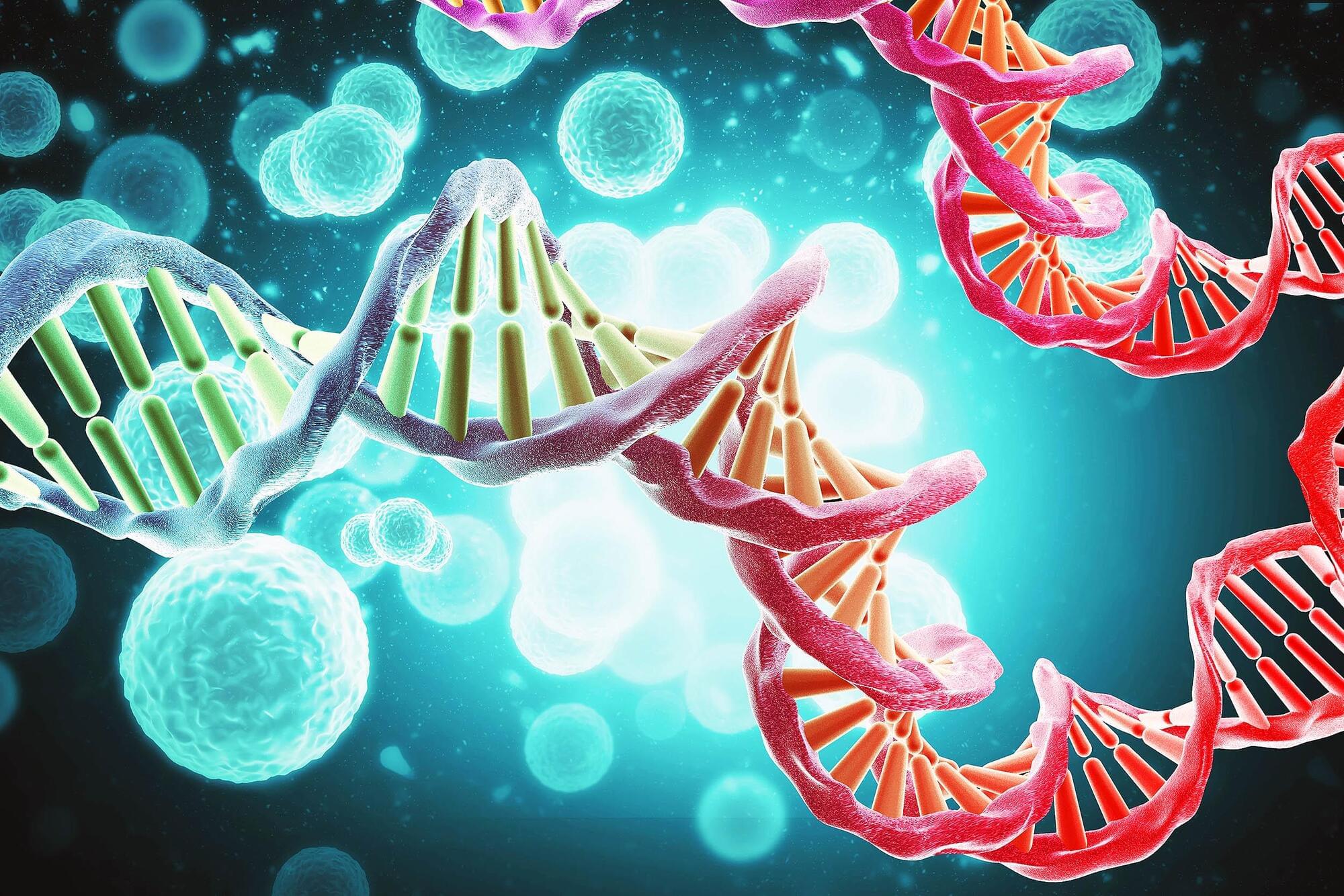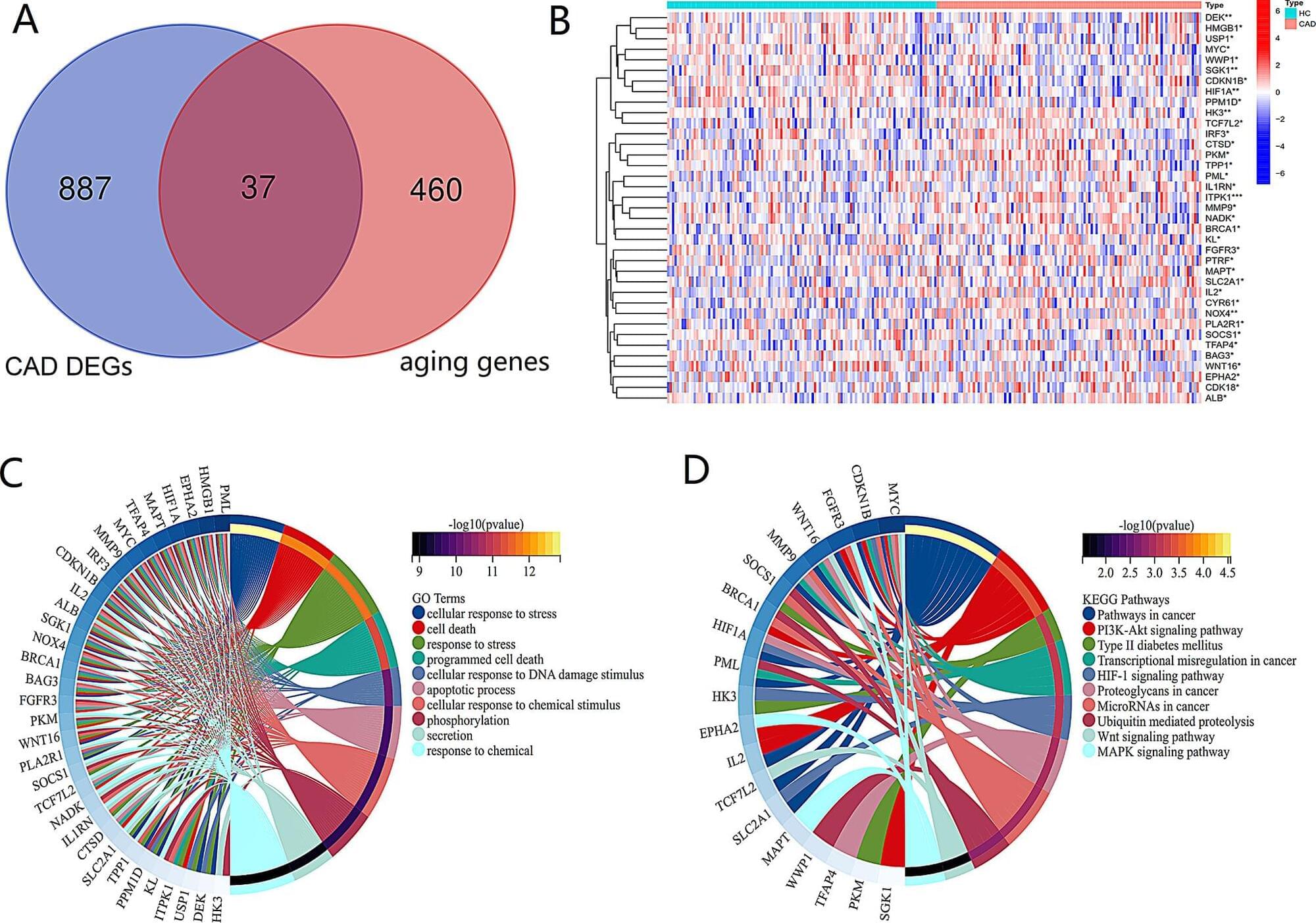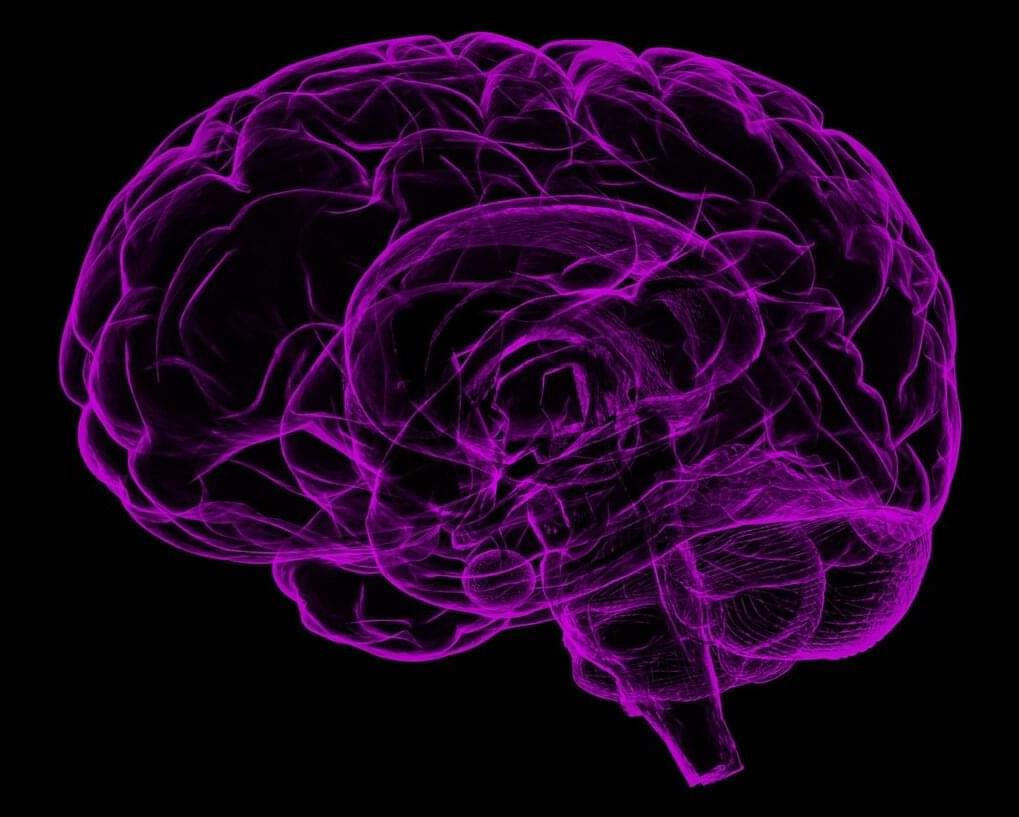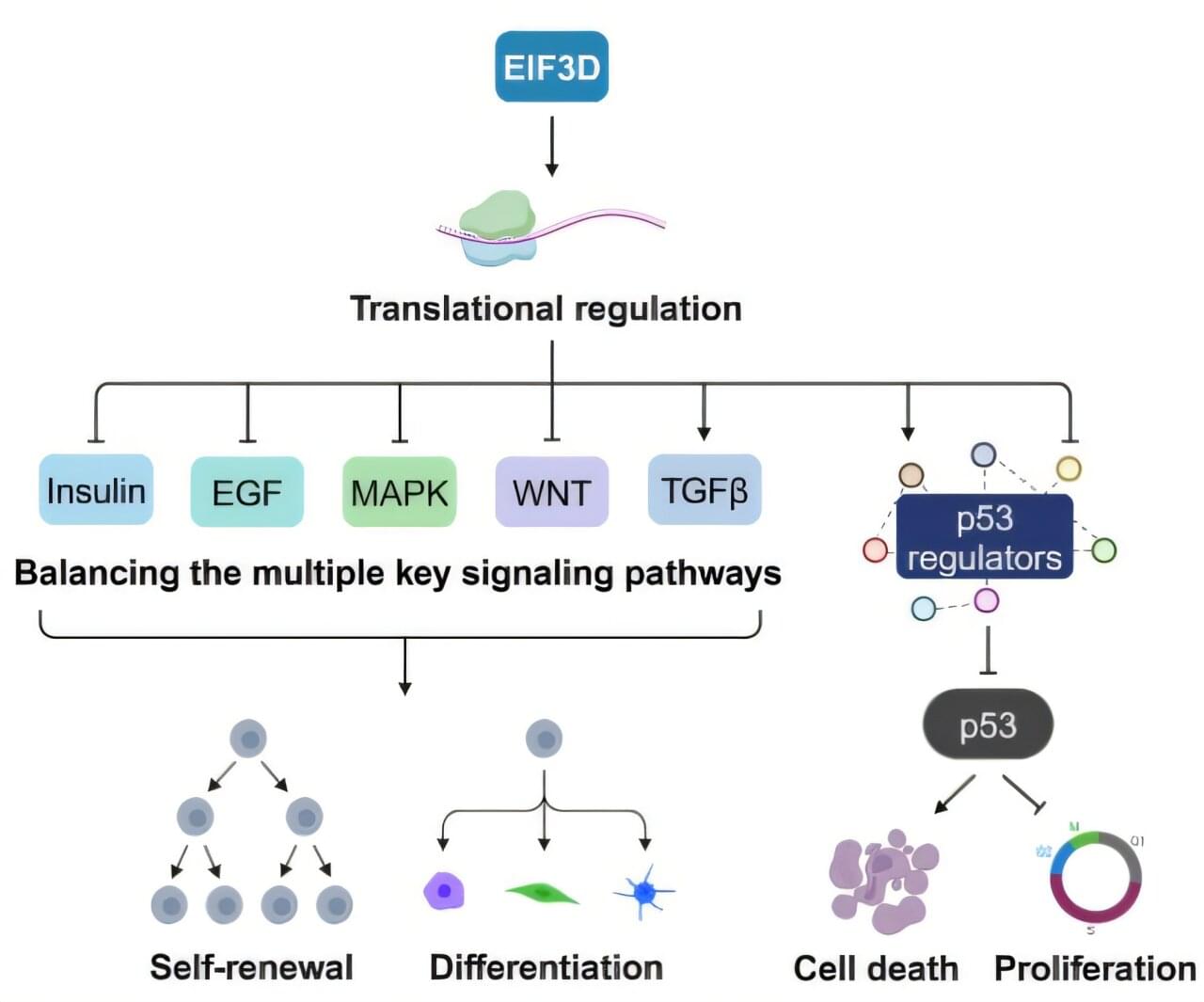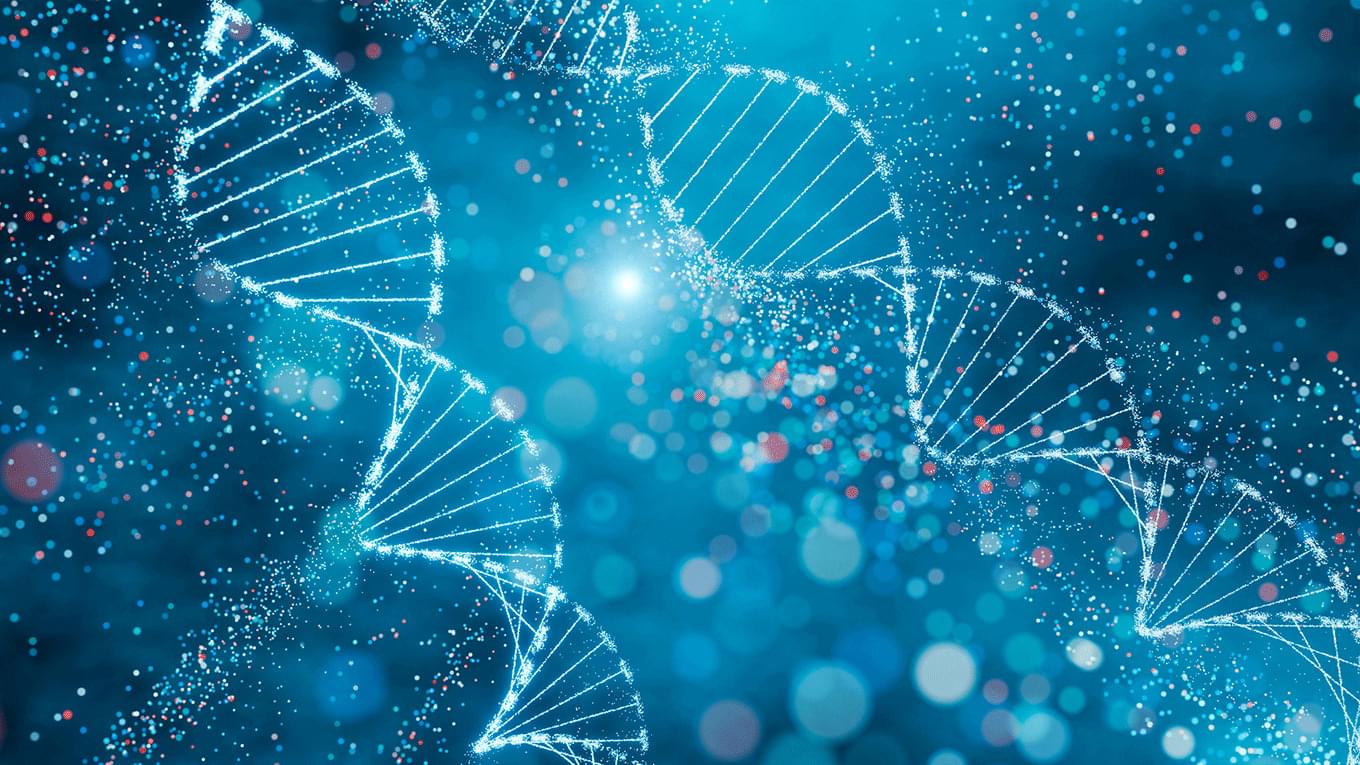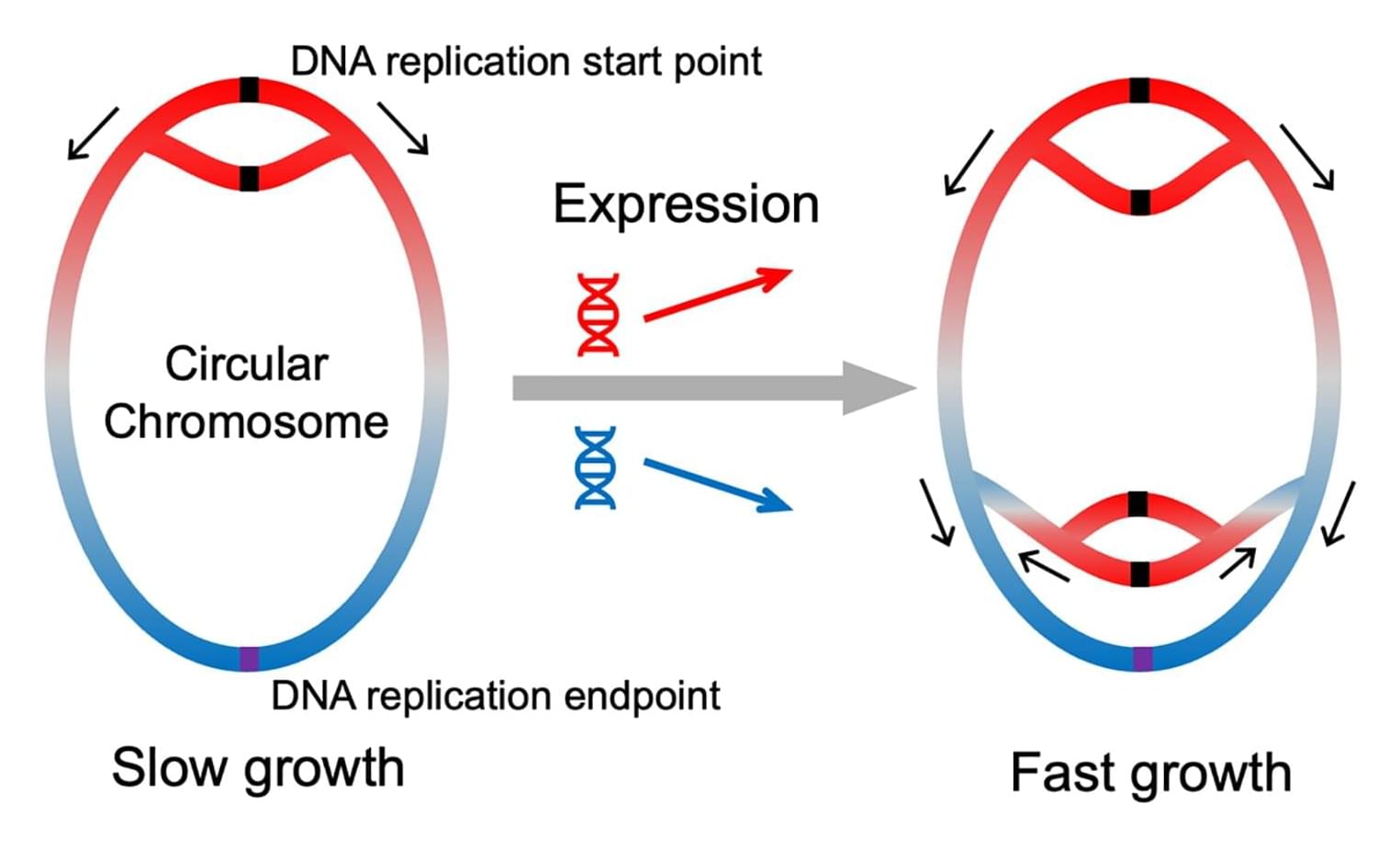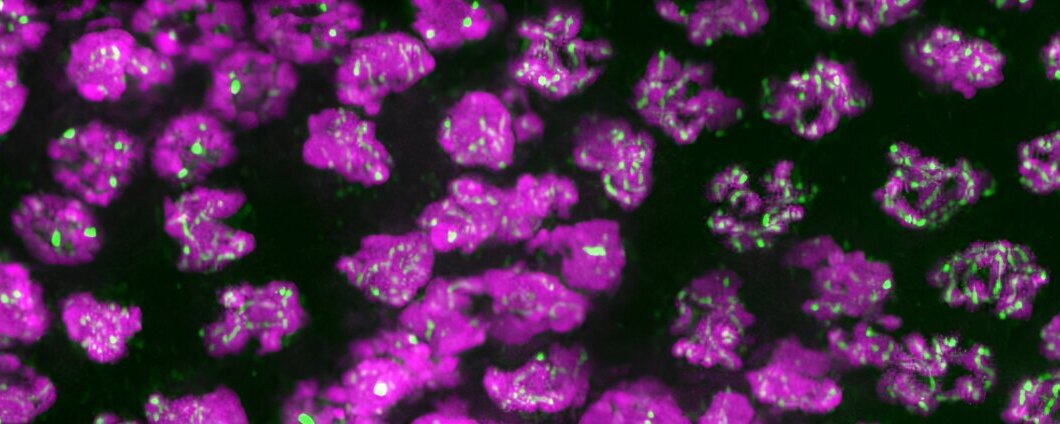17K likes, — vaibhavsisinty on March 27, 2025: “Your Future Kids Might Be Genetically Engineered🤯… [genetic engineering, CRISPR, designer babies, IVF, in vitro gametogenesis, gene editing, human evolution, bioethics, futuristic science, AI in healthcare, medical advancements, artificial reproduction, skin cell gametes, future tech, DNA modification, biotechnology]”

